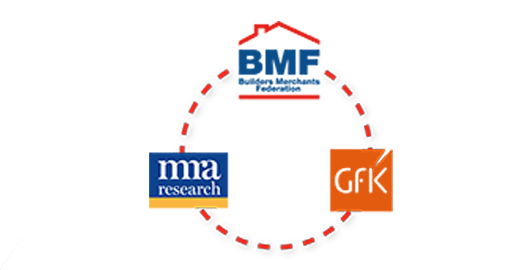Timbmet comment: Q3 2016
Nigel Cox, Managing Director Timbmet is BMBI’s Expert for Timber & Panel Products.
Post Brexit vote turmoil has dented confidence in construction, but not disastrously. The merchant market for timber & panel products has been inconsistent over recent months but is generally level with last year.
Price inflation is a concern. Predominantly exchange rate driven, panel product manufacturers in particular are increasing prices on a regular basis. The reality is, these prices will need to be passed on to end users.
Manufacturing problems within the MDF supply chain is impacting on availability. Lead times, currently five weeks, are increasing, and availability should be checked with suppliers. UK demand for American Hardwoods, specifically oak, is growing, but meeting the requirement for prime grade material is challenging the supply chain.
The EU Timber Regulation (EUTR) that came into force in March 2013 prohibits European timber importers from selling illegally harvested timber and products derived from illegal timber in the EU. The regulation obliges them to have adequate due diligence systems to minimise the risk. In addition, a number of timber exporting countries have signed Voluntary Partnership Agreements with the EU to improve their Forest Law Enforcement, Governance and Trade (FLEGT). This allows them to export all their timber under a FLEGT licence guaranteeing that these exports are legal and automatically compliant with the EUTR. Indonesia is the first country to do this. Indonesian FLEGT licenced timber will be available in the EU from mid-November onwards.
In its 2016 Statistical Review, the Timber Trade Federation confirmed that timber has moved into the top 10 fastest growing UK manufacturing sectors, achieving 11.4% growth in wood products on the previous year. Although this is good for the timber industry, it is difficult to make realistic forecasts following the referendum vote. Business activity has been good in the first eight months of 2016 with housing starts very strong.
At a global level, 2016 is set to be strong for sawn softwood, and emerging product trends will create new sales opportunities. The analysis suggests that 2016’s moderate growth is expected to continue in 2017.



